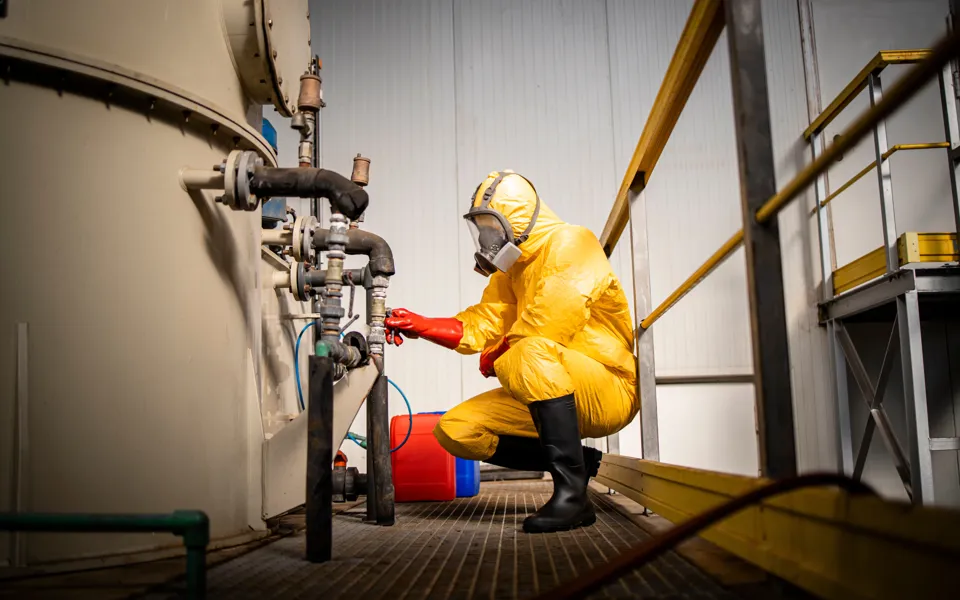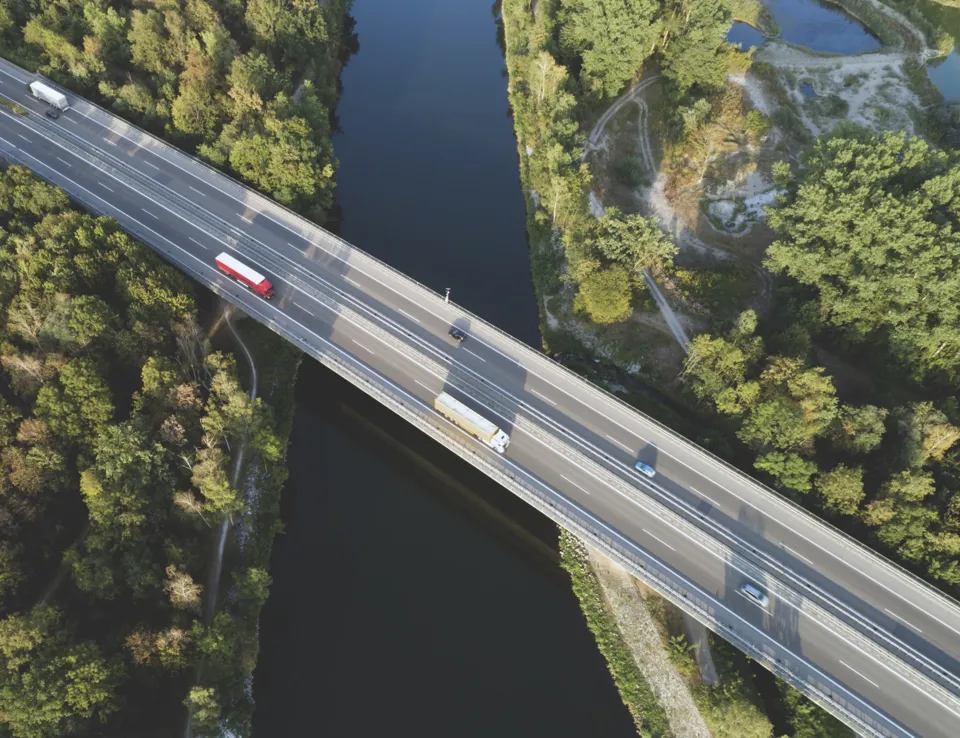
Guidelines for Level 1 chemical emergency response
01 Feb 2024
Designed to offer support for frontline responders to chemical incidents, an emergency response service enables organisations to remain compliant while minimising the impact of an incident on their people, the environment, assets and reputation.
What are chemical companies required to provide for in case of an incident?
Most legislators require organisations to provide an emergency telephone number on transport documentation and safety data sheets (SDS) before they can be distributed. Regulations are established at a national level so the conditions of their implementation can vary from country to country. This impacts practical aspects of the emergency telephone number requirements such as the language spoken, if the number provided is local or international, or if the number is available 24 hours, 7 days a week.
Those transporting or supplying hazardous goods must ensure that the emergency telephone numbers they provide meet the requirements of every country in which they operate to avoid the commercial or legal implications of non-compliance.
Requirements for emergency telephone numbers are sometimes defined in a country’s dangerous good regulations. However, more often, the requirement is due to the implementation of the Globally Harmonized System of Classification and Labelling of Chemicals (GHS) and national SDS regulations. In addition to the various national requirements, a 24-hour emergency telephone number is required when transporting hazardous chemicals by air.
Many companies view emergency response services as purely a regulatory requirement, and only procure such a solution to maintain compliance. More forward-thinking organisations invest in emergency response services for reasons beyond the minimum:
- To protect people, the environment, assets and reputation (PEAR) from the effects of an incident.
- To reduce the scale and cost of incidents.
- To demonstrate commitments to corporate social responsibility (CSR) and Responsible Care and their wider sustainability objectives.
Over a 2-year period, a company is almost certain to experience at least one medium-sized incident during the lifecycle of its products (on site, during transport or in use) resulting in significant cost. Studies audited and confirmed by independent third-parties and the UK Government’s Department for Transport reveal that an effective response to a chemical incident can deliver a potential return on investment of 15 to 1.
With the expansion of chemical markets and increased complexity of supply chains, the risk of a major chemical incident becomes statistically greater. As a result, more and more companies are choosing to invest in robust, professional emergency response to increase business and supply chain resilience, and the protection of their stakeholders and the wider community.
Why have the Cefic guidelines been established and what is in their focus?
The European Chemical Industry Council (Cefic) guidelines were introduced in July 2018 and were intended to establish best practice guidelines for Level 1 emergency response providers (remote information and general advice). This was the first time the chemical industry had a clear indication of what an effective emergency response system should look like.
The guidelines were also introduced in complete accordance with the Responsible Care guiding principle: ‘To work with customers, carriers, suppliers, distributors, and contractors to foster the safe and secure use, transport and disposal of chemicals and provide hazard and risk information that can be accessed and applied in their operations and products’.
For all chemical incidents, the first requirement from emergency services or other callers is rapid access to accurate advice concerning the chemical involved or the actual and potential hazards posed by the chemical when contained or accidentally released.
During serious incidents and those involving more dangerous chemicals with specific hazards, there is often the need for rapid, product-specific, detailed advice (e.g. advice about the hazards created by the product in a fire or when released to the environment). This is the type of information that should be available and can be reasonably expected from a responsible company.
The Cefic guidelines apply to national Intervention in Chemical Transport Emergencies (ICE) centres and other providers of Level 1 emergency response services. Level 1 may be provided by the chemical manufacturer, the ICE National Centre (Europe), another organisation such as NCEC or via a coordinated effort by several organisations.
What can companies do to prepare for a chemical incident?
The Cefic guidelines serve to illustrate best practice and responsible companies should use the guidelines to gauge the effectiveness of their existing emergency response arrangements, enabling them to identify any areas of potential weakness and risk associated with their current emergency response system, apply corrective actions and ensure preparedness.
The Cefic guidelines form the basis of an ‘ideal’ Level 1 emergency response provision. They are an essential measure for companies involved in the manufacture, management and distribution of chemicals to ensure their systems have suitable features to support a fast and effective emergency response intervention.
Below is a summary of the main features of the Cefic guidelines – a more detailed overview can be found using the link at the end of this article:
- Availability of emergency number at all times.
- Advice in the local language.
- Connection to advice in 3-5 minutes.
- Access to expert network.
- Knowledge of chemicals and chemical behaviour.
- Advice tailored to the circumstances of the incident.
- Tactical awareness.
- Regulatory awareness.
Companies will have analysed and understood the potential risks inherent in dealing with chemicals. The Cefic guidelines will provide the perfect benchmark by which companies can evaluate their ability to effectively manage chemical incidents, stop them escalating and, ultimately, protect their own long-term future and hard-earned reputations.
Emergency response for your organisation
Ricardo’s chemical emergency response helpline receives over 8,000 calls per year, of which approximately 10% are categorised as medium-sized incidents and up to 1% are categorised as severe, high-consequence incidents.




 Follow Ricardo Chemical Solutions for regular updates
Follow Ricardo Chemical Solutions for regular updates




